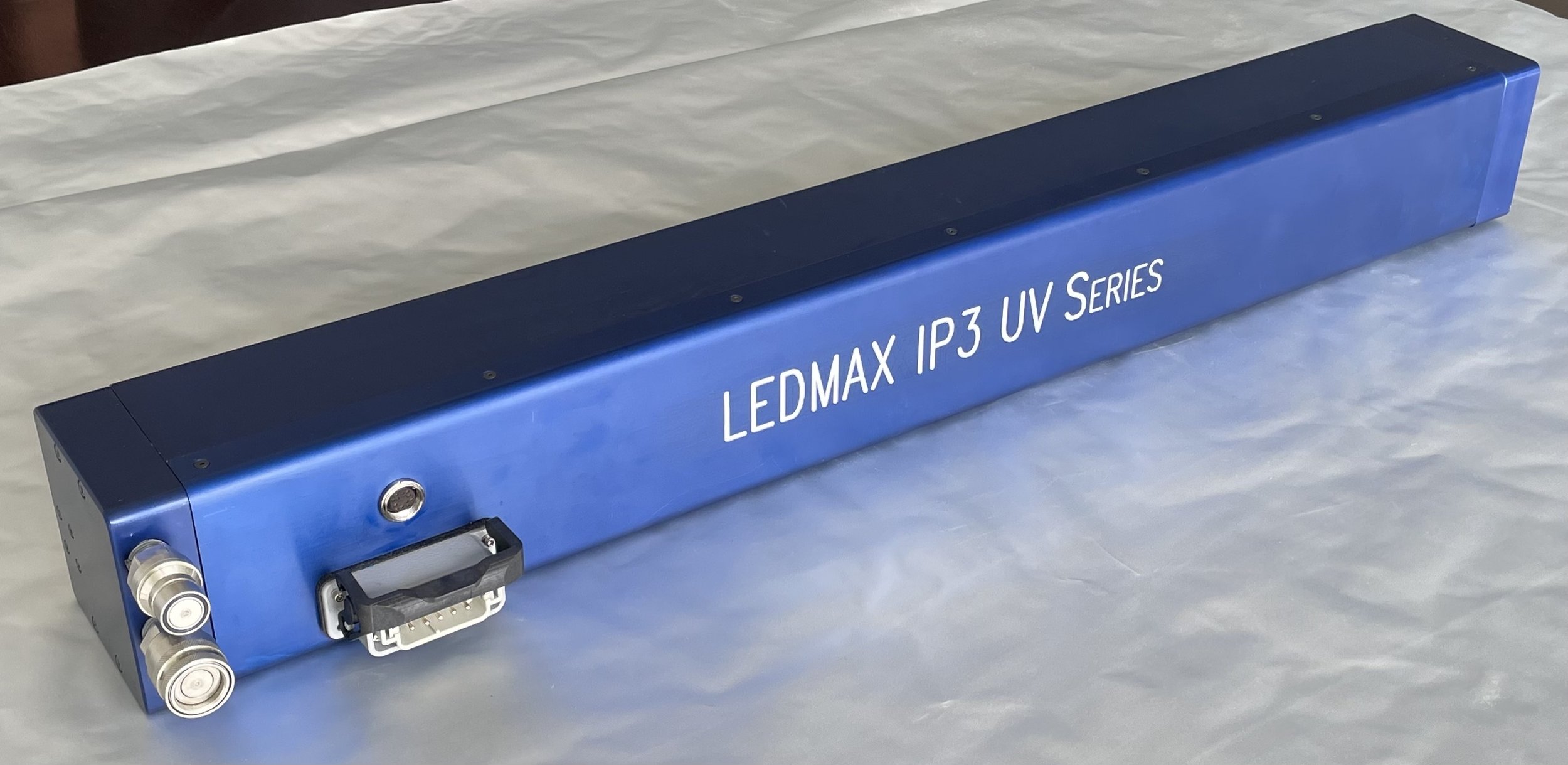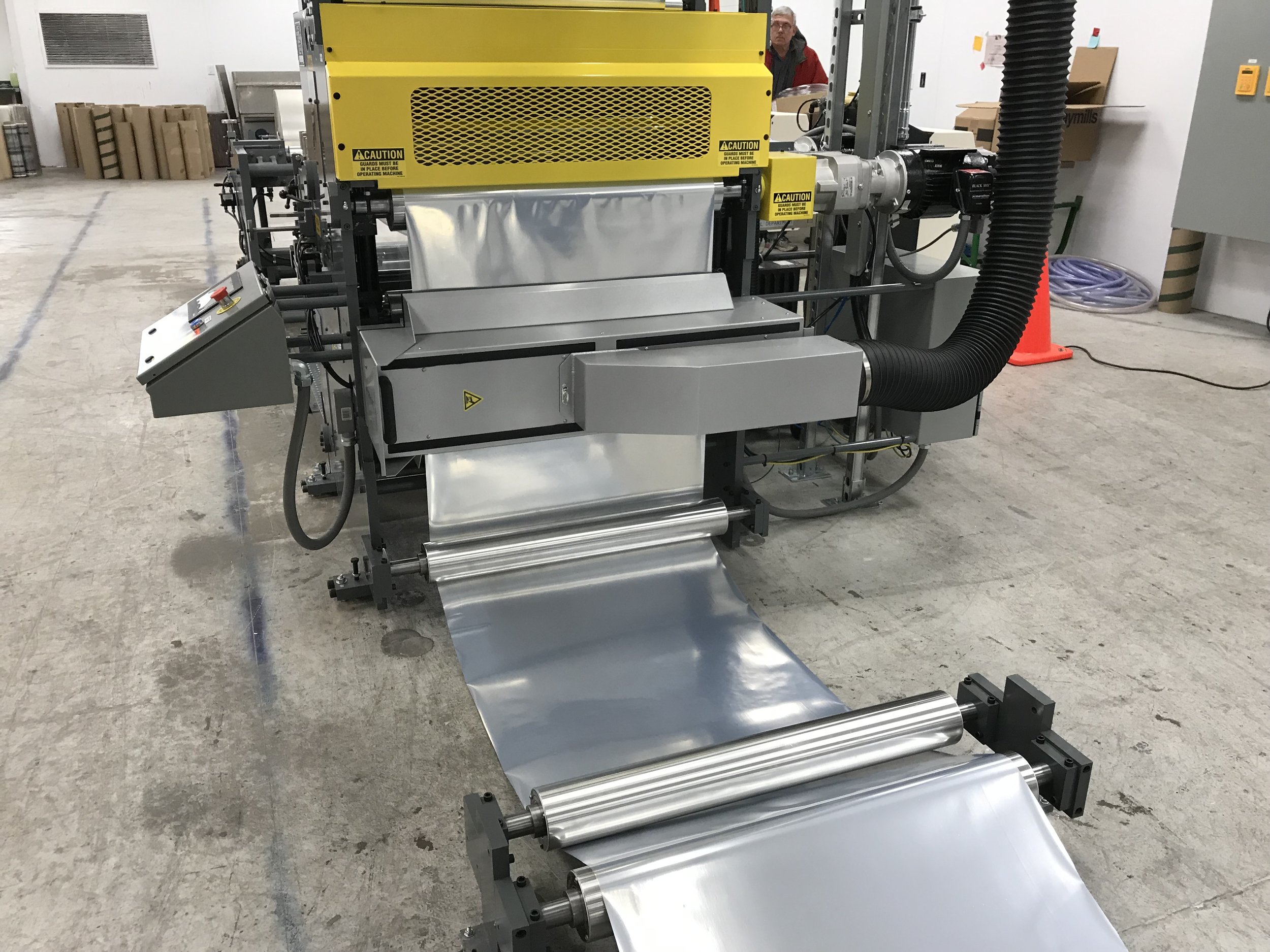

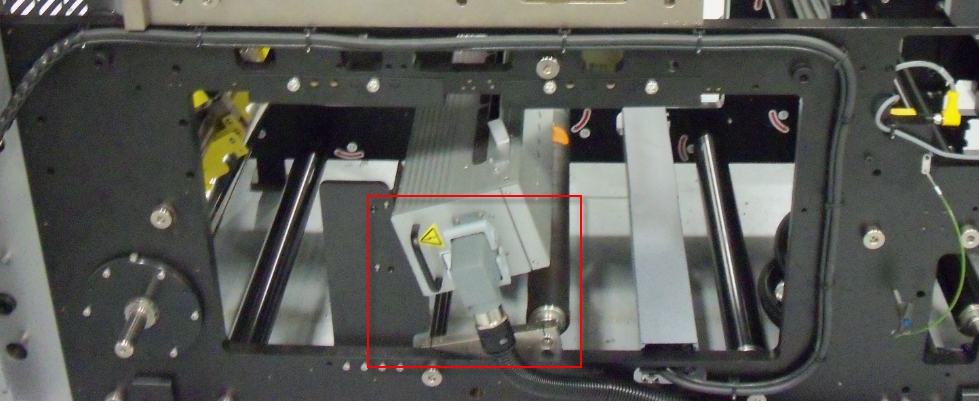
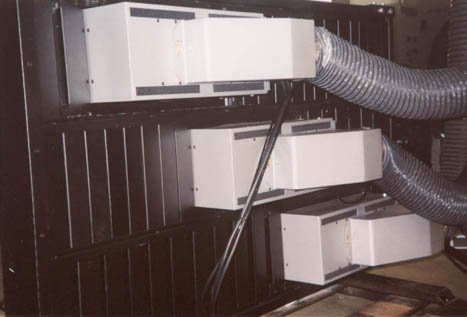
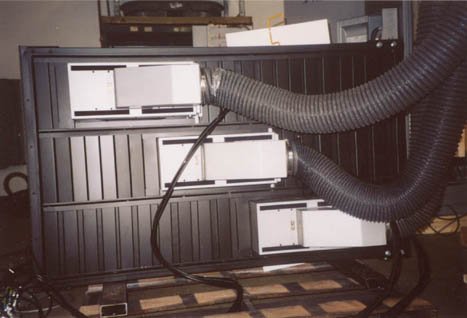
UV Digital Inkjet Printing Business Applications
Digital printing refers to a wide range of modern printing methods, such as direct thermal printing, dot matrix printing, electrostatic printing, inkjet printing, ion deposition printing, laser printing, and thermal transfer printing. The greatest benefit of digital printing is its variable data capability. This allows each piece of print to include customized, variable content which the other printing forms are not able to do. Every printed piece can include different names, addresses, codes and/or numbering.
As plates are not necessary, digital printing also excels when low quantities of print needed.
UV Digital printing
UV Digital printing is a form of digital printing that uses UV energy to cure(dry) the UV ink as it is printed. Digital printing offers absolute design flexibility regarding layout creation: color gradients and photo-realistic motifs are its strengths! In addition, digital printing does not require films or screens, which reduces the one-time costs and processing time. Various in-line printing possibilities are available including white background printing, UV gloss and matt finishes, key embossing, adhesive lamination, pre-cutting and customized techniques.
Key advantages of UV digital printing include the following:
-
UV printing allows the printer to print on any surface, absorbent or not. This flexibility translates to hundreds of uses at the local print shop level – small retail items, book covers, clings, cards, large banners, the list is almost endless, including non-porous surfaces like Styrene or hard boards. Your customers love the substrate versatility UV printing provides.
-
No more double passes through the press, no more re-runs. UV printing allows for high-gloss levels, vibrant colors, an array of coatings and printing that’s crisp and creates a beautiful finished look. UV inks tend to sit on top of the printed surface, rather than being absorbed into it, thus providing a sharper and crisper printed product.
-
Excellent weather durability and scratch resistance, UV inks offer greater protection from sun exposure than its traditional printing counterparts. Customers love that a large promotional piece isn’t going to become tired and sun-worn after a few weeks.
-
With UV printing, the UV inks are cured (dried) during the printing process by means of UV energy. This eradicates tedious drying times and the printed materials can immediately be processed. No more waiting for the ink to dry, no more waiting to do proofs, no more ghosting of images on the page above it. Instead, press checks are quick and you can move on to binding and finishing faster. Not only is it faster for your clients, it saves you time too.
Recommended prime products for this application
Get in Touch with a Product and Application Specialist
Contact us to learn how Prime UV-IR’s curing and drying solutions can improve your production process, reduce your energy consumption and expand your product offerings.


